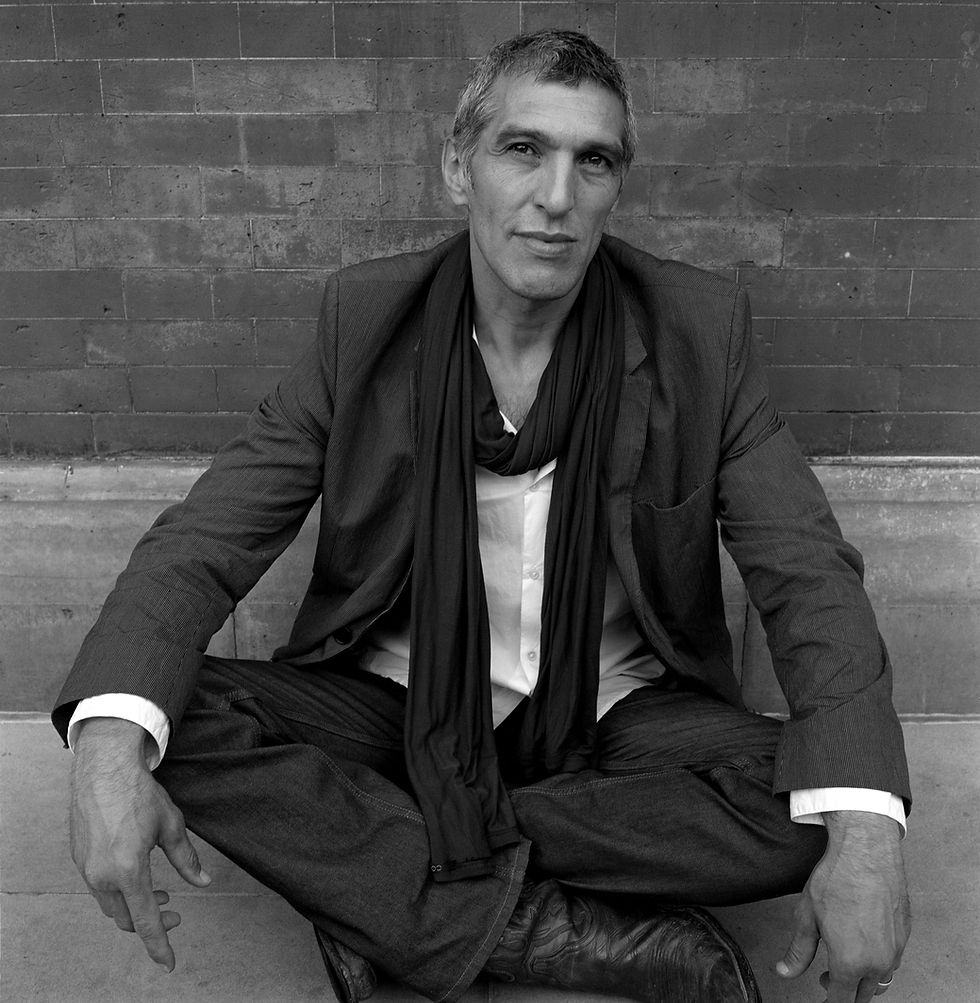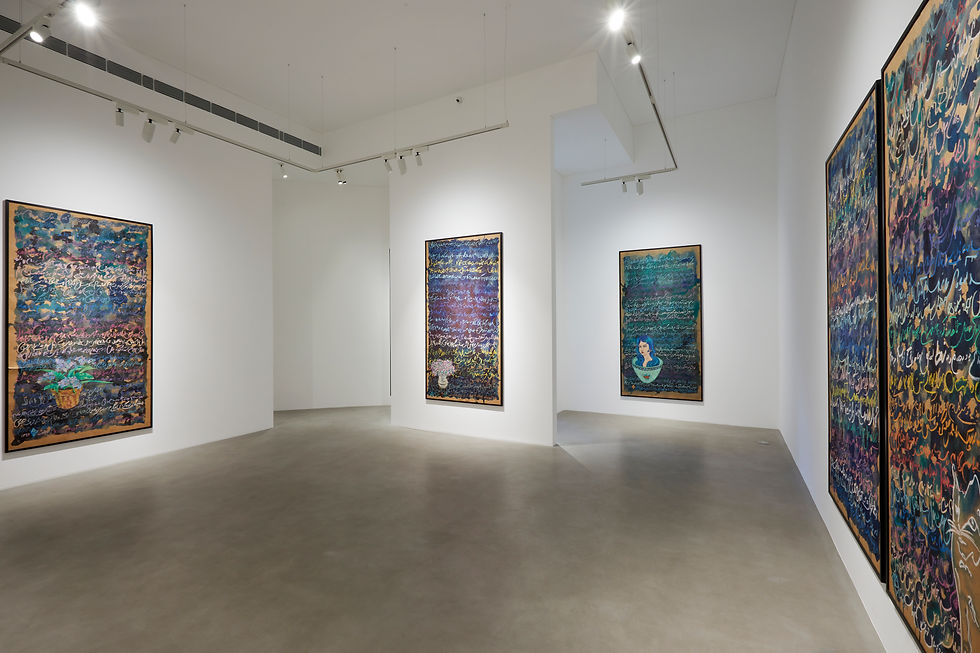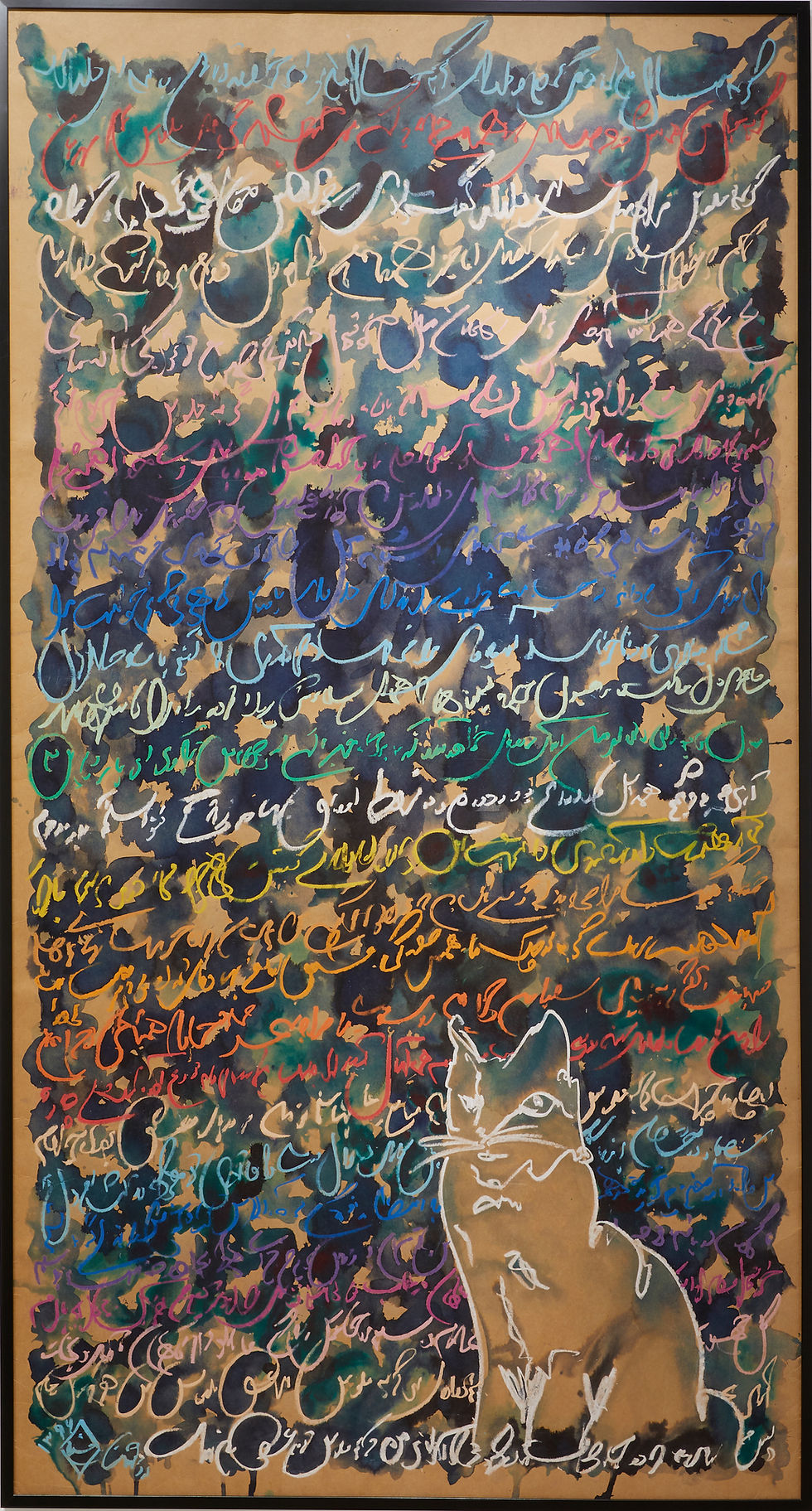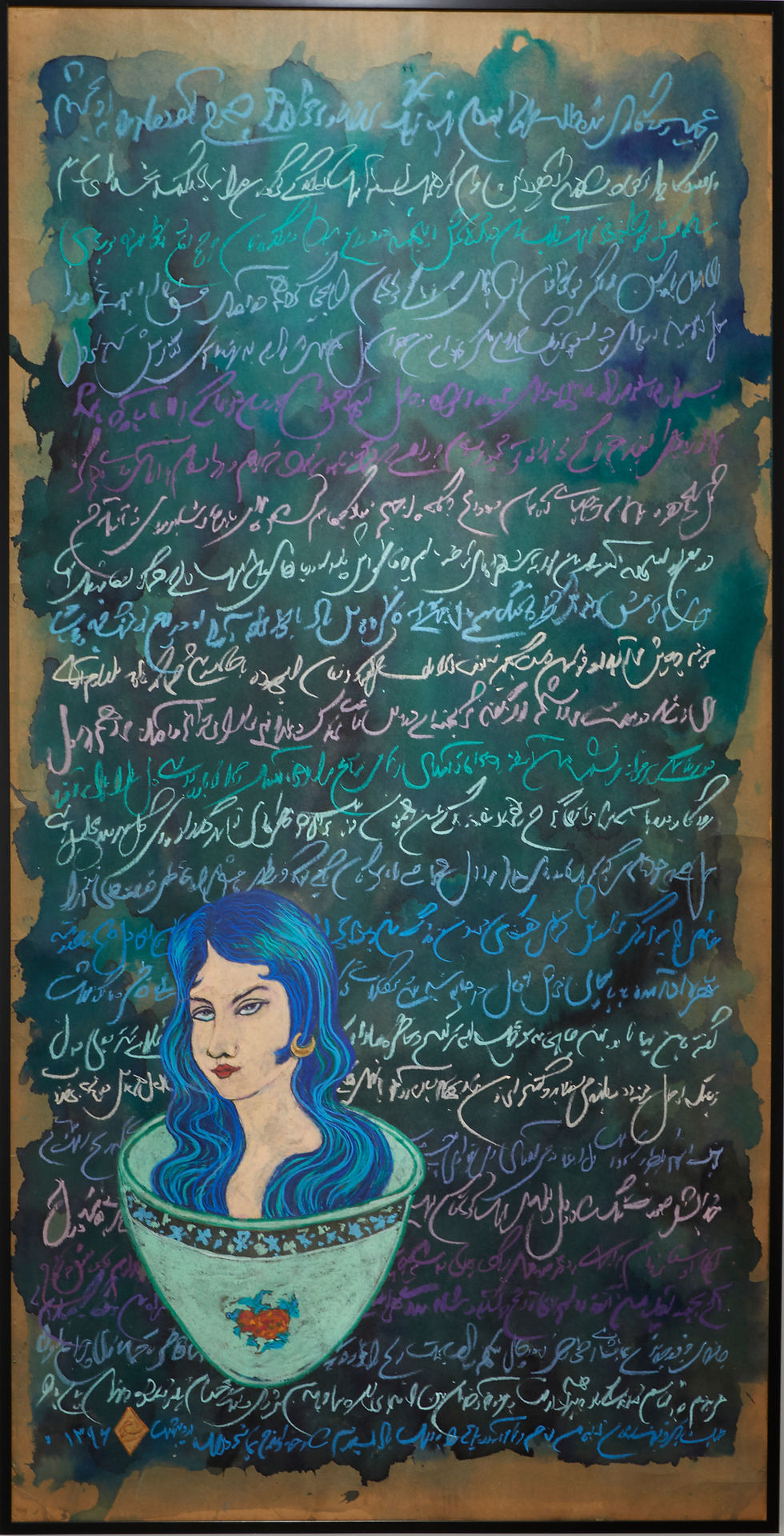Connecting the dots
- Editors of Luxe Code
- May 16, 2022
- 4 min read
An interview with Iranian artist, Khosrow Hassanzadeh showcased recently at the India Art fair, where he discusses his latest outing and how art truly has no boundaries.
Photos by Khosrow Hassanzadeh

Pune-based art gallery Vida Heydari Contemporary (VHC) took part at the India Art Fair, with exhibits from India and Iran for everyone to appreciate. VHC, founded in 2020 is helmed by Iranian Canadian curator and gallerist Vida Heydari, who has endeavoured to create a platform to celebrate work by local and international artists, while also highlighting the culture of Pune. The booth displayed renowned Indian and Iranian artists, namely, Farbod Elkaei, Kambiz Sabri, Katayoun Karami, Khosrow Hassanzadeh, M. Pravat, Pooya Aryanpour and Vaishali Oak.
We caught up with Iranian artist, Khosrow Hassanzadeh, who was born in 1963 in Tehran, Iran and holds degrees in Painting and Persian Literature. He is one of the most prominent Iranian artists of his generation. His work has been exhibited in numerous national and international venues, including over thirty solo exhibitions, and is part of permanent institutional collections such as Tehran Museum of Contemporary Art, The British Museum, KIT Tropenmuseum (Amsterdam), Los Angeles County Museum of Art, World Bank (Washington, DC), and the National Museum of Scotland. Khosrow Hassanzadeh’s work is the subject of two documentaries by the renowned Iranian journalist and filmmaker Maziar Bahari. Khosrow was born in a traditional working-class Iranian Azeri family who ran a fruit shop in Tehran.
Working along with his family members in the shop, he began drawing on packaging cardboard from a young age, a material he continues to use for drawing and painting, calling the practice “glamorizing the worthless”, and making large paintings on the neglected packaging cardboard. Starting in the early 2000s, “Pahlavans”, the traditional Iranian wrestlers, became the focus of his work, a subject matter that Khosrow continued to work on for almost a decade. In these works, Hassazadeh introduced the medium of ceramic tiles into his work. Historically in Islamic art, religious manuscripts and images are painted on ceramic tiles and placed on the walls and domes of mosques and religious venues. Khosrow chose this traditional medium to give importance to his characters, stating that the impact of these people is as critical as their religious counterparts, honouring them with the importance and worth they deserve. Khosrow Hassanzadeh lives and works in Tehran, Iran and London, UK.



Excerpts from an interview:
This is your first solo show in India, what is the sentiment like? How did this show come about?
Vida and I have been successfully working together for many years. So I was very excited when she invited me to do a solo show at her new gallery space. A solo show was a very good next progression for me into India after having been lucky enough to experience a residency in India several years ago and also having been invited by the Devi Foundation to create a Gandhi installation / Shrine, where I lived at their premises for three months.
India has a long historical tie with Iran, do you think the countries come together from the art and culture point of view?
Art and Culture run far more deeply than politics in the relation between nations. This is in view of the fact that India and Iran share a very rich history with one another.
What is your theme for the show and what are you trying to communicate through the art displayed at this show?
This show with the subject of Raaz, is an expression of my inner world, which I am portraying in a style shared by India and Iran, in relation to miniature paintings and scripts. If we look back to the shared artistic and literary history of India and Iran, we have Indian and Persian Ghazals and Miniatures, these are part of a shared cultural and historical family.
Who are your favourite Indian artists?
I fell in love with India and Indian art and culture during my previous three experiences working both as part of the Khoj Studio when I was a young artist and later as part of the Devi Foundation. Vida and I have also shared many years of successful collaboration and friendship and so I was naturally excited to have been invited to have a solo show in her gallery.
What is the place for art in today's world with everything going on in the world, like the crisis in Ukraine?
Unfortunately, the Politicians have arbitrarily carved up the world into arbitrary spheres of influence, disregarding the thousands of years of shared language, culture and history. I was so moved when I connected with young artists here in India, who asked me "why did we not know this before, why has this been hidden from us, that we are brothers." Art and Culture is the opposite of politics. Instead of separating people it brings them closer together.
What kind of mediums would you like to experiment with in the future for showcasing art?
At the moment, I am taking my work with tiles to another level, and experimenting with Roman / Byzantine style mosaic. I recently portrayed Pier Paolo Pasolini as a Roman Catholic Saint through my pop art style on a mosaic using a silk screen. My Raaz project is entirely undecipherable. When I was writing it, of course I knew what I was saying, but now it is even illegible to me. My writing and my art has always caused a stir in Iran.





Comments